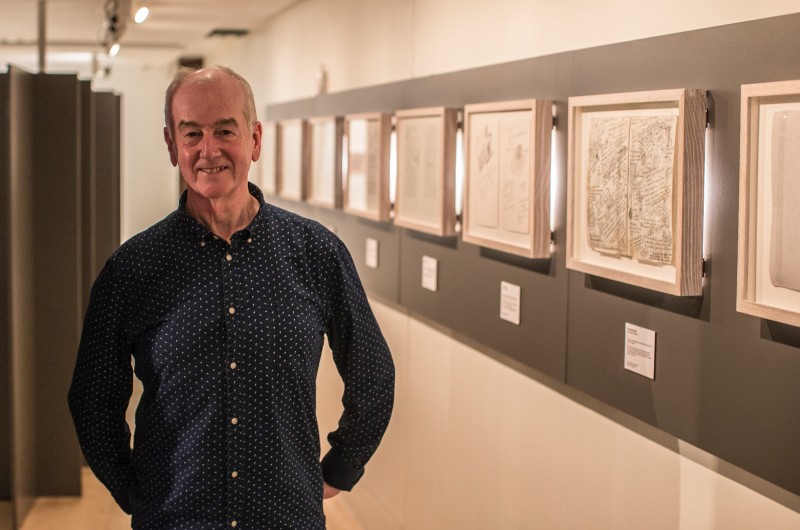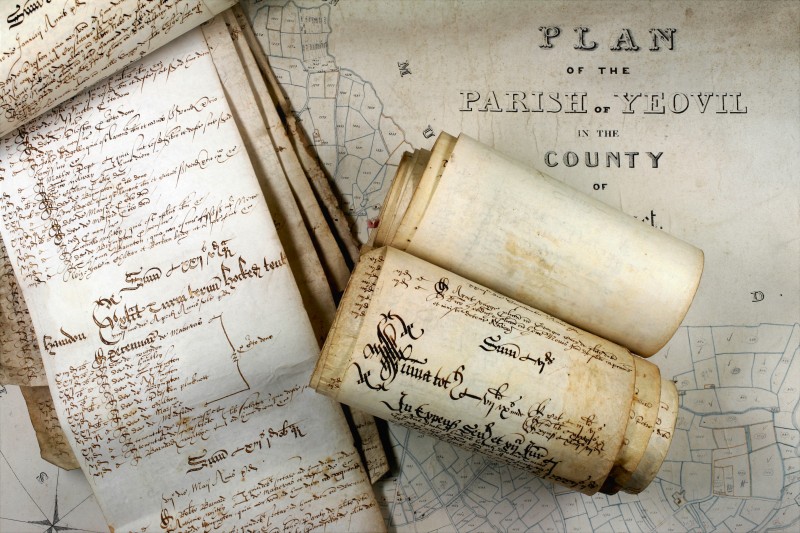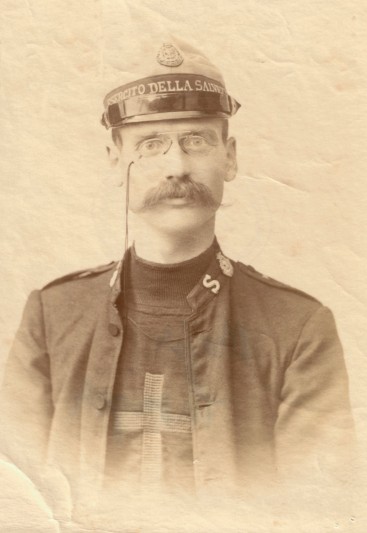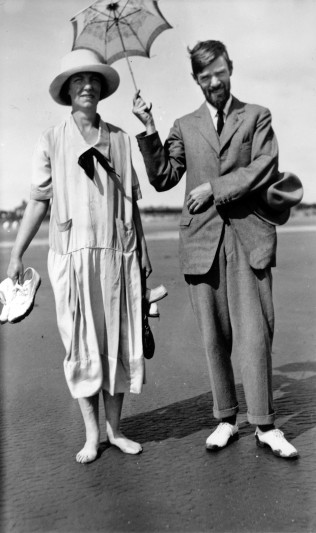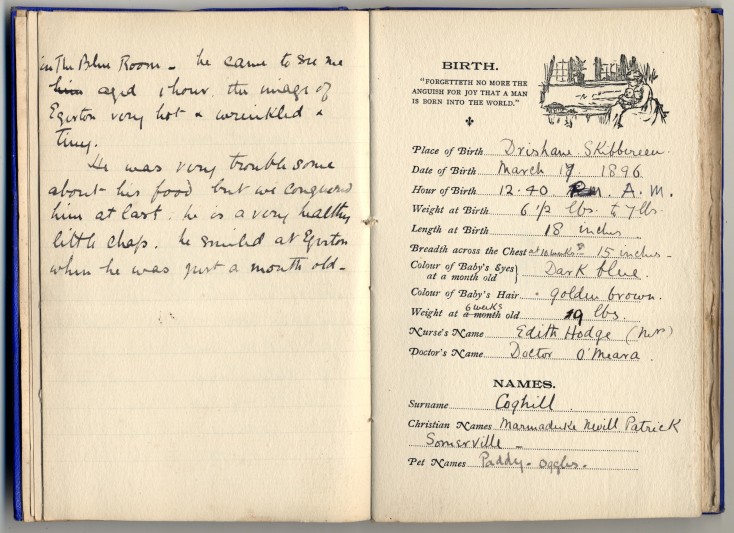Displaying 251 - 260 of 2051
Author: David Almond, b. 1951
Date acquired: 2017
Grant Value: £15,000
Item cost: £100,000
Institution: Seven Stories: The National Centre for Children's Books
Town/City: Newcastle-upon-Tyne
County: Tyne and Wear
David Almond is one of the most celebrated British writers for children of recent decades. His first novel Skellig (1998) achieved the rare distinction of winning both the Whitbread Children’s Book award and the prestigious Carnegie medal. He has subsequently won or been shortlisted for numerous other book awards, including The Guardian Children’s Fiction Award for A Song for Ella Gray in 2015. In 2010 he was honoured with the Hans Christian Andersen Award, the most prestigious international prize in children's literature. The jury ‘recognised the unique voice of a creator of magic realism for children. Almond captures his young readers' imagination and motivates them to read, think and be critical. His use of language is sophisticated and reaches across the ages.'
His writing is utterly distinctive and original, powerfully addressing elemental themes of life and death, grief, loss, and hope; his books have been translated into over 30 languages, and widely adapted for stage and screen.
The archive comprises papers relating to almost all of Almond’s literary output.
Item date: 14th - 20th centuries
Date acquired: 2017
Grant Value: £5,000
Item cost: £7,584
Institution: SW Heritage Trust: Somerset Archives and Local Studies
Town/City: Taunton
County: Somerset
The Batten family have acted as solicitors in Yeovil since the early 18th century. Their house in Church Street played a central part in the legal history of the town, serving as the Town Courts until the 20th century. In 1820 the family inherited the manor of Thornfalcon, near Taunton, along with substantial lands across South Somerset, and in 1829 they purchased the Aldon estate on the southern edge of Yeovil. Various members of the family played key roles in relation to the Yeovil Improvement Bill, acted as clerk to the Yeovil Turnpike Trust and served as Justices of the Peace and as Deputy Lieutenant of the county. The collection, which covers the 14th–20th centuries, reflects the landed interests of the family, along with their roles in Yeovil society and their personal interests. It also includes material gathered in the course of their legal practice.
Author: Lt. Richard Thonger
Item date: 1883
Date acquired: 2017
Grant Value: £700
Item cost: £700
Institution: Salvation Army Heritage Centre
Town/City: London
Richard Greville Thonger (b.1861) was working as a pharmacist in Birmingham in the spring of 1882 when he attended a meeting at The Salvation Army’s Regent Hall on London’s Oxford Street, where ‘the Spirit of God took hold of my soul’ and he imm
Author: Marc Isambard Brunel
Item date: c.1790-1830
Date acquired: 2017
Grant Value: £10,000
Item cost: £74,555
Institution: SS Great Britain Trust
Town/City: Bristol
County: Avon
The material auctioned at Bonhams is probably the most significant collection relating to Marc Brunel ever to come on the market. Marc Brunel was a creative and innovative engineer who had a significant impact on the nineteenth century. His influence continues today; for example, the tunnelling shield which he invented to construct the Thames Tunnel is the inspiration for all modern soft-ground tunnelling machines [see Brunel Museum entry above]. Marc made I.K. Brunel into an engineer by teaching him to draw and observe, and sending him to France for a technical education. He also gave him his first job, as Engineer at the age of just 21 on the ambitious Thames Tunnel project. I.K. Brunel owed much of his engineering success to his father.
The material sheds light on the period of Marc Brunel’s escape from France to the USA, and his early days in England: a part of his life poorly represented in UK collections. This period is important because during it he created block-making machines, sawmills and factories at Portsmouth and Chatham Dockyards for the UK’s part in the Napoleonic Wars. The material also fills significant gaps in the existing public collections relating to Sir Marc and family.
Item date: 1884, 1892, 1897, 1904, 1905
Date acquired: 2017
Grant Value: £900
Item cost: £1,000
Institution: RNLI Heritage Archive
Town/City: Poole
County: Dorset
The Civil Service Lifeboat Fund was founded in 1866, one of the founders being Charles Dibdin, a Civil Servant in the General Post Office who, in 1885, left to become Secretary of the RNLI.
Author: Ada Clark; D H Lawrence.
Item date: 1875-1977
Date acquired: 2017
Grant Value: £10,000
Item cost: £519,453
Institution: University of Nottingham
Town/City: Nottingham
County: Nottinghamshire
Ada Clarke was the younger sister of D.H. Lawrence (1885-1930), the Nottinghamshire writer who was also a student of the University College of Nottingham, the predecessor of the University of Nottingham. The collection was the last major cache of DH Lawrence papers still in private ownership. It comprises over 600 items and includes two of Lawrence’s University College of Nottingham notebooks; autographed manuscripts of poems, short stories and essays; corrected proofs of his writing; first editions of his works; personal correspondence from Lawrence; a diary entry; and artefacts such as his own paintings and artist's palette, sandals and a poncho. The importance of the Clarke Collection for DH Lawrence studies cannot be overstated. Ada Clarke was Lawrence's closest sibling, so a wide range of invaluable, unique and irreplaceable items were passed to her by Lawrence and other family members. Anybody studying DH Lawrence's early life and writing, and his links to the Nottinghamshire region, simply has to refer to these items.
Item date: 18th-20th centuries
Date acquired: 2016
Grant Value: £10,000
Item cost: £150,000
Institution: Northumberland Archives Service
Town/City: Morpeth
County: Northumberland
Dickson, Archer & Thorp, solicitors of Alnwick, Northumberland was established in the late 18th century and continued until the death of the last managing partner in 2005.
Item date: 17th century to mid 18th century.
Date acquired: 2017
Grant Value: £13,640
Item cost: £30,000
Institution: Queen's University, Belfast
Town/City: Belfast
County: Antrim
This extensive collection of family papers is comprised of a wide range of correspondence, photographs, drawings, prints and marriage documents, and is an important adjunct to the papers of Edith Somerville already held in the Special Collections Library at Queen’s. The Coghill Archive includes a substantial amount of family correspondence involving Somerville, particularly letters between her and her sister, Hildegarde. The family correspondence is all the more interesting as some of it crosses generations: siblings, parents, and children, as well as husbands and wives. The Coghill Archive provides insight into the life in of Irish landed family, and because of the unusual amount of material relating to children we gain deeper insight to other aspects of that family life. It also includes evidence of the different experiences of members of the family during World War I.
Author: Dr Edward Pusey (1800-1882) and Francis Wegg-Prosser (1824-1911)
Item date: 1847-1886
Date acquired: 2017
Grant Value: £500 [Smaller Libraries Fund]
Item cost: £960
Institution: Pusey House
Town/City: Oxford
County: Oxfordshire
Pusey House is home to the principal Anglo-Catholic library and archive in the UK. The House was founded in 1884 as a monument to the life and work of Dr Edward Bouverie Pusey (1800-1882), Professor of Hebrew at Oxford University and Canon of Christ Church Cathedral. This is an important set of correspondence between Dr Pusey and Francis Richard Wegg-Prosser. Wegg-Prosser (1824-1911) had been MP for Herefordshire from 1847, but had to step down on his conversion to the Roman Catholic Church in 1852. He later helped to re-found the Benedictine Monastic Community in England and built the pro-Cathedral for the diocese of Newport and Menevia. Their letters were exchanged in 1851, shortly before Wegg-Prosser’s conversion to Rome, and shed light on Pusey’s theological understanding of the place of Anglicanism in the wider Catholic Church.
Author: Thomas Gray (1716-1771)
Item date: 1763 & 1764
Date acquired: 2017
Grant Value: £5,000
Item cost: £14,200
Institution: Peterhouse
Town/City: Cambridge
County: Cambridgeshire
Peterhouse acquired two lots at auction that derive from the collection of literary manuscripts assembled by Richard Monckton Milnes, 1st Baron Houghton (1809-1885), many of whose papers are now held by Trinity College, Cambridge. The manuscripts were written by the poet Thomas Gray (1716-1771), who studied at Peterhouse from 1734 and became a Fellow of the College. Each lot consists of original manuscript leaves which have been mounted for binding in a volume or scrapbook and subsequently disbound. Evidence from earlier foliation suggests that the two poems were originally bound sequentially early in one volume and the sets of reading notes were together as part of a second volume.
